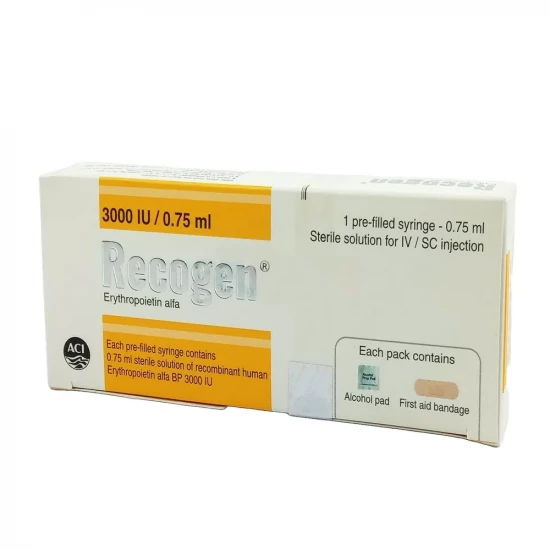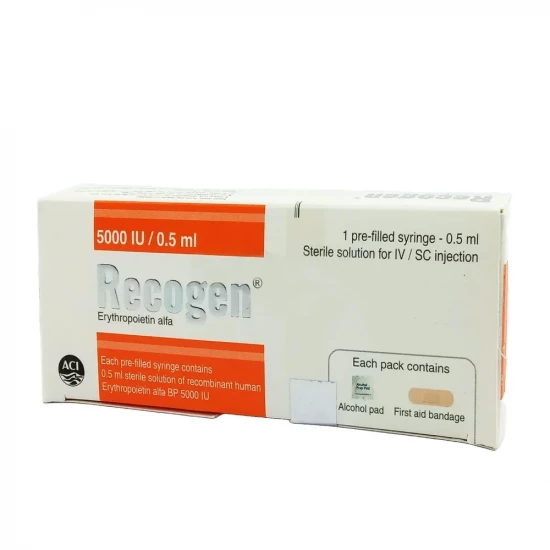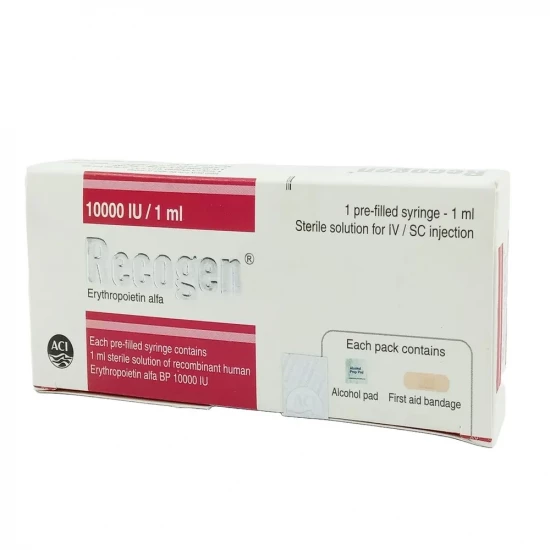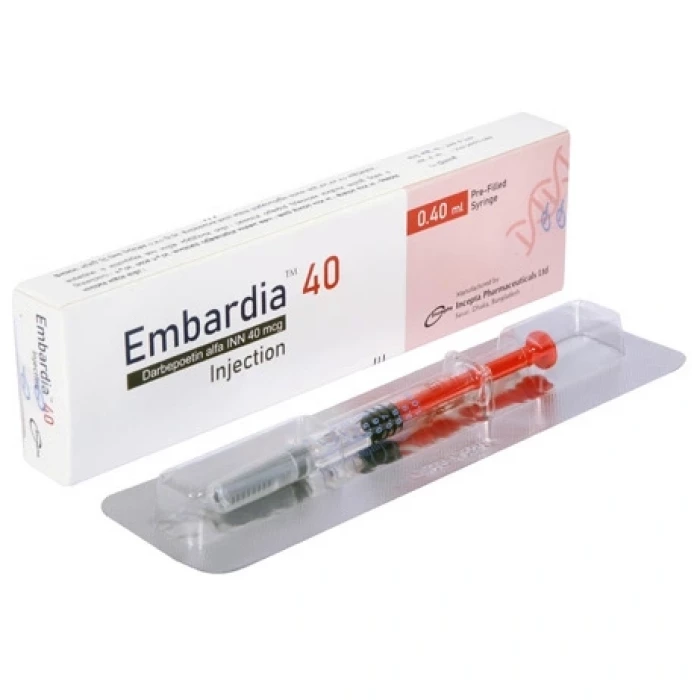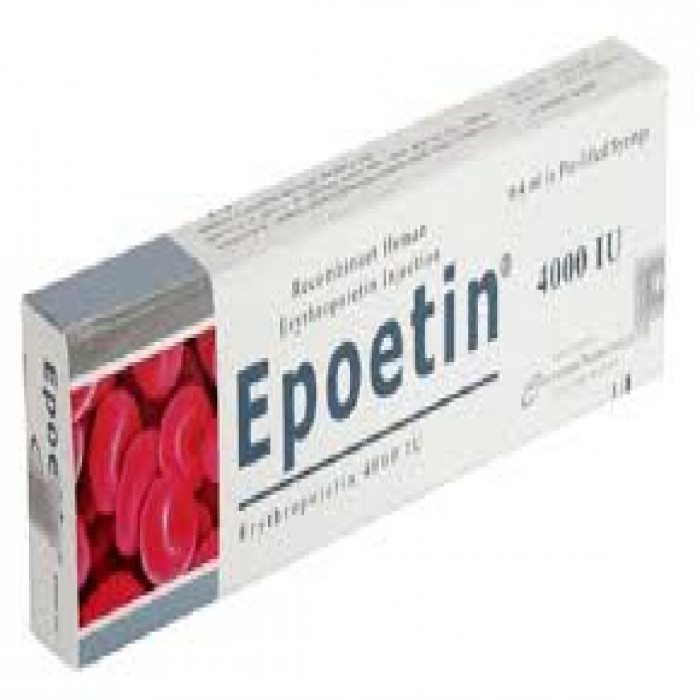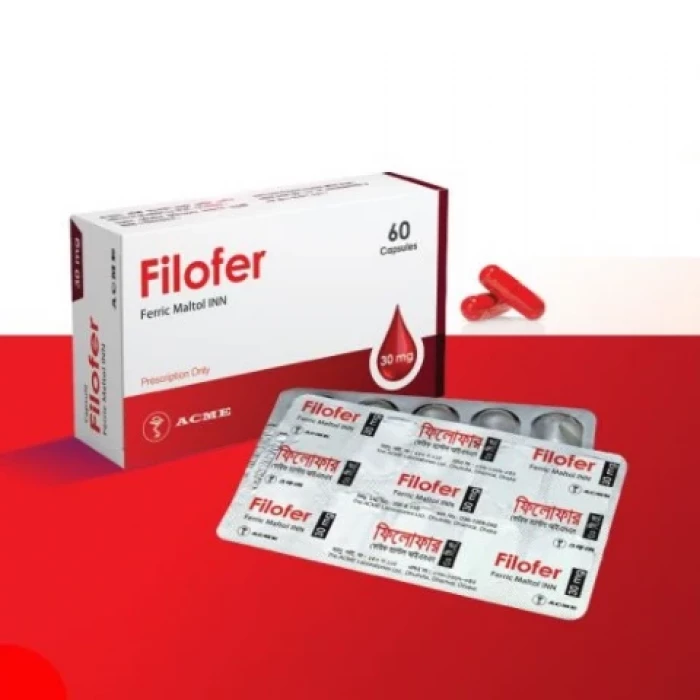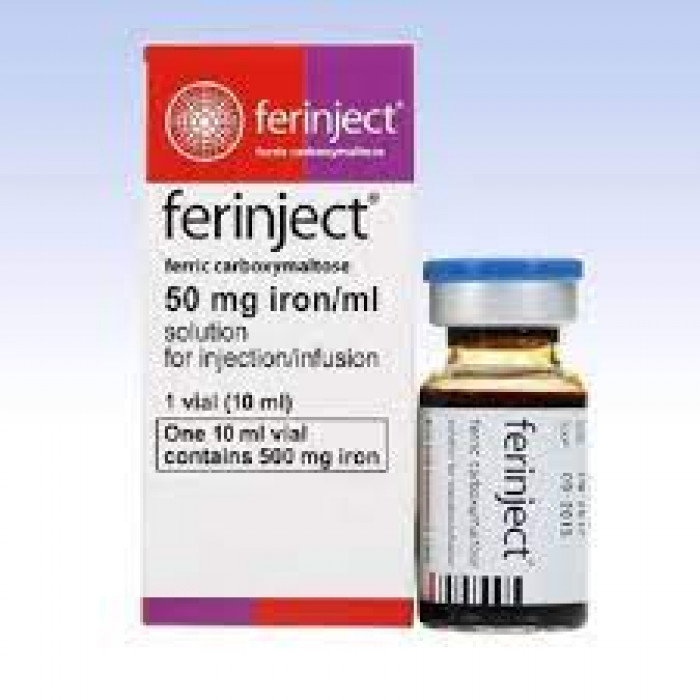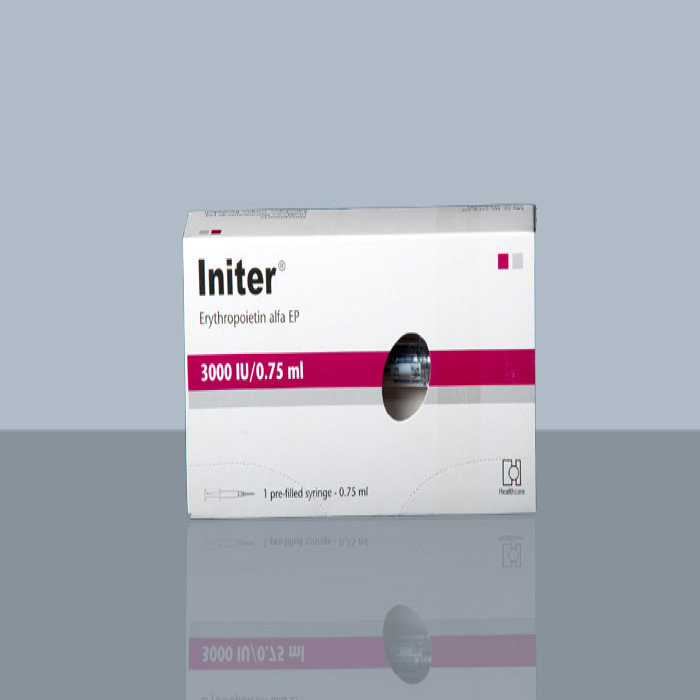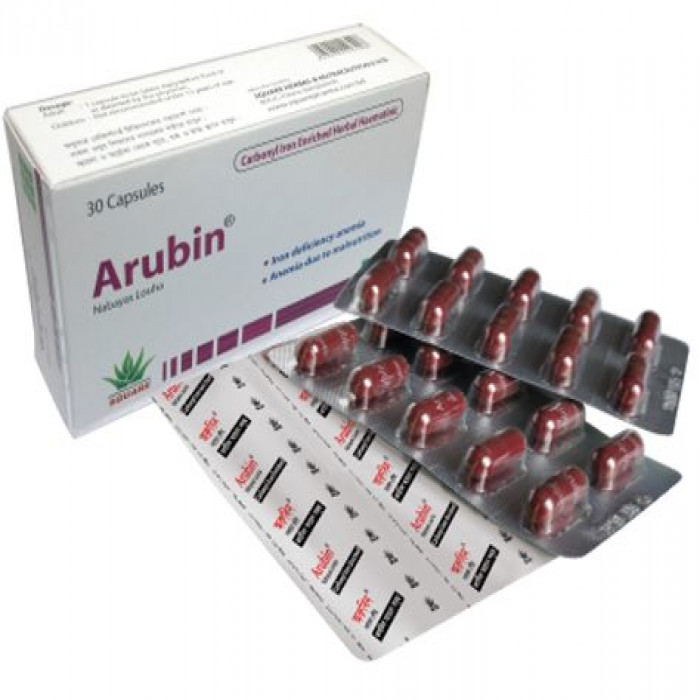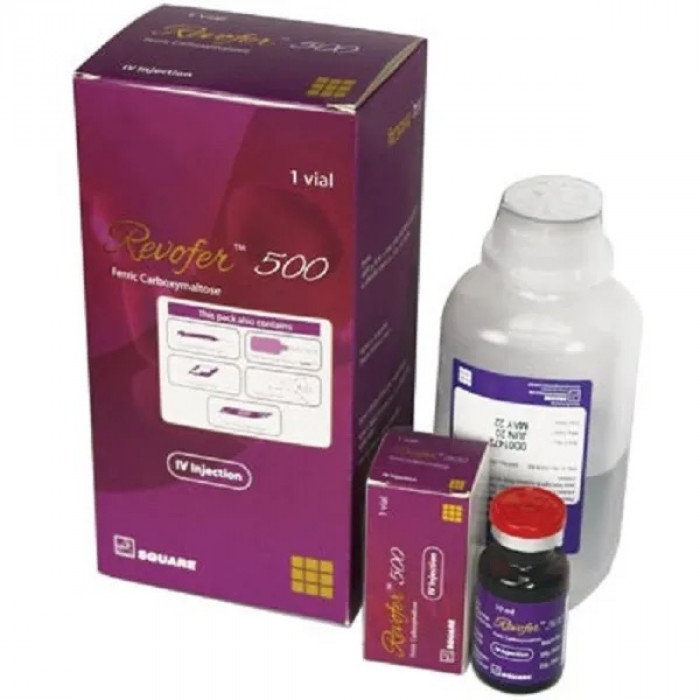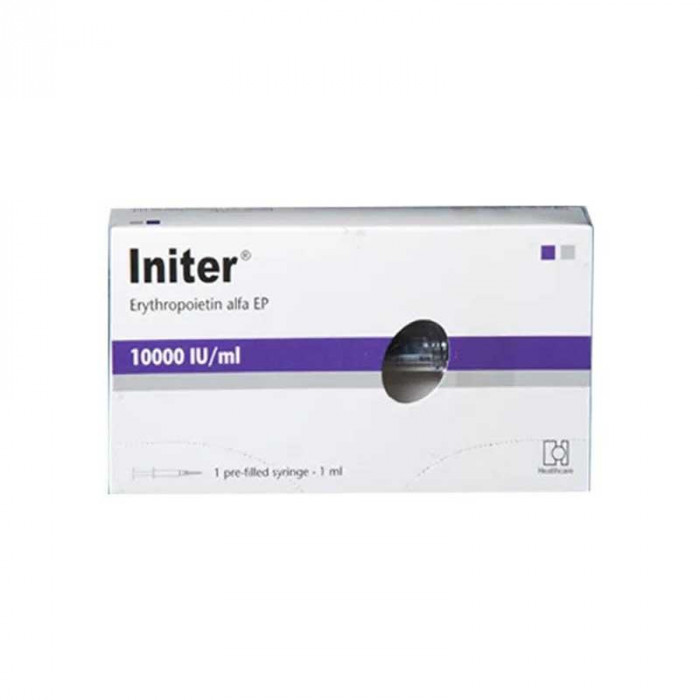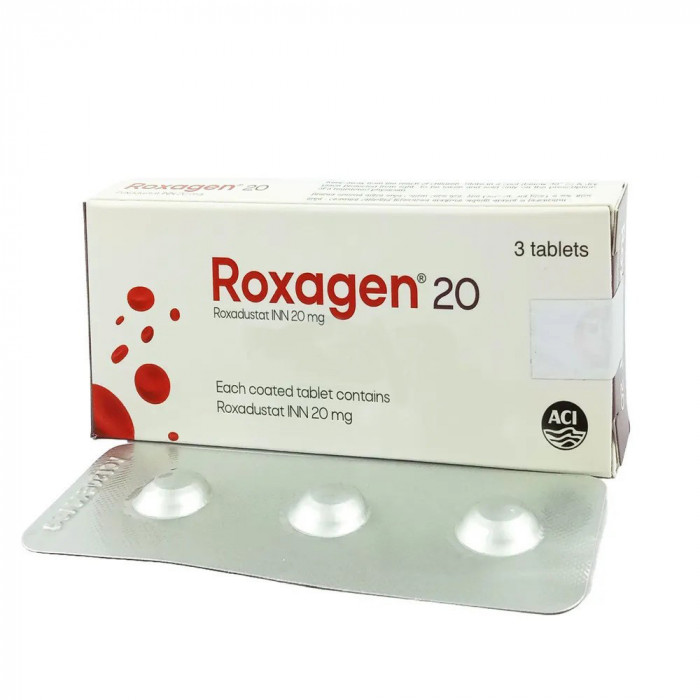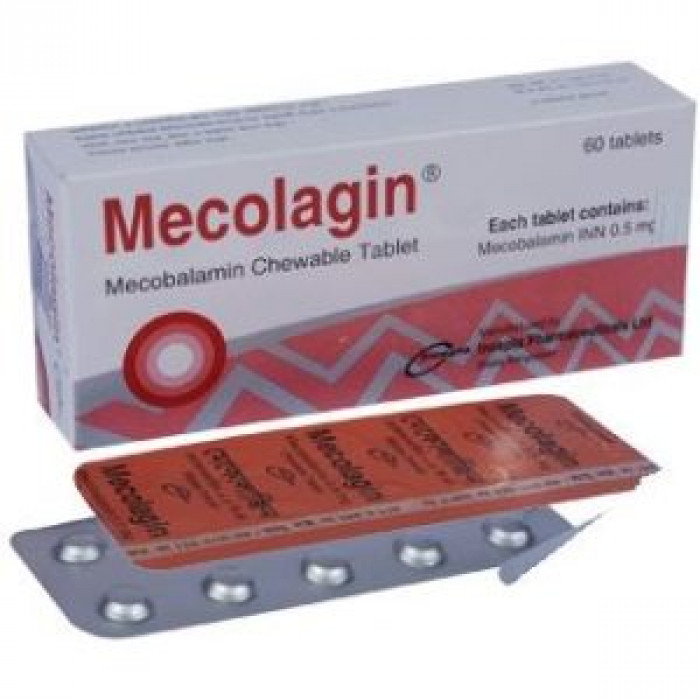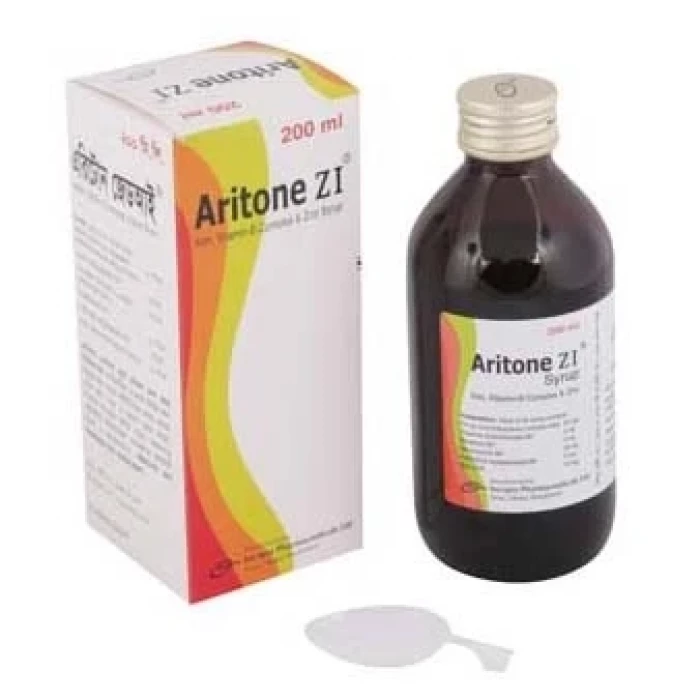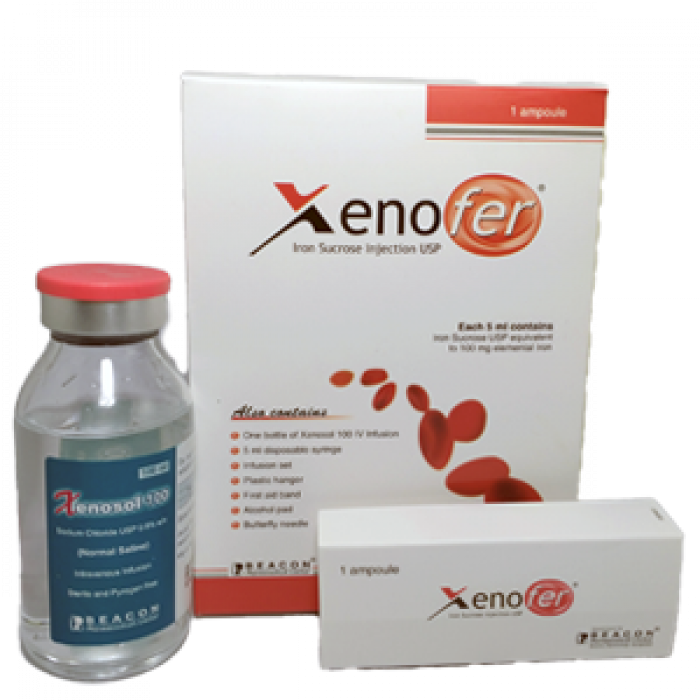
✔ 100% Authentic Product
👁️ Currently Viewing 2349
Injection/ 100mg. Manufacturer/Distributor: Beacon Generic Name: Iron sucrose
Discount
Price: ৳ 333
MRP:
৳
350
5%
Off

100% Genuine Products, Guaranteed

Safe & Secure Payments, Always

Fast, Secure & Efficient Delivery

Proper Packaging
 Cash on Delivery - All over Bangladesh
Cash on Delivery - All over Bangladesh Regular Delivery - 12-24 Hours, Dhaka City* Charge Tk.39-59
Regular Delivery - 12-24 Hours, Dhaka City* Charge Tk.39-59 Regular Delivery - 24-48 Hours, Other Cities* Charge Tk.99-110
Regular Delivery - 24-48 Hours, Other Cities* Charge Tk.99-110
 ফ্রি ডেলিভারিঃ - ৯৯৯ টাকা+ অর্ডারে, ঢাকা
শহরে
ফ্রি ডেলিভারিঃ - ৯৯৯ টাকা+ অর্ডারে, ঢাকা
শহরে ফ্রি ডেলিভারিঃ - ২৯৯৯ টাকা+ অর্ডারে, ঢাকার
বাহিরে
ফ্রি ডেলিভারিঃ - ২৯৯৯ টাকা+ অর্ডারে, ঢাকার
বাহিরে
100% Genuine Products, Guaranteed
Safe & Secure Payments, Always
Fast, Secure & Efficient Delivery
Proper Packaging
 Cash on Delivery - All over Bangladesh
Cash on Delivery - All over Bangladesh Regular Delivery - 12-24 Hours, Dhaka City* Charge Tk.39-59
Regular Delivery - 12-24 Hours, Dhaka City* Charge Tk.39-59 Regular Delivery - 24-48 Hours, Other Cities* Charge Tk.99-110
Regular Delivery - 24-48 Hours, Other Cities* Charge Tk.99-110 ফ্রি ডেলিভারিঃ - ৯৯৯ টাকা+ অর্ডারে, ঢাকা
শহরে
ফ্রি ডেলিভারিঃ - ৯৯৯ টাকা+ অর্ডারে, ঢাকা
শহরে ফ্রি ডেলিভারিঃ - ২৯৯৯ টাকা+ অর্ডারে, ঢাকার
বাহিরে
ফ্রি ডেলিভারিঃ - ২৯৯৯ টাকা+ অর্ডারে, ঢাকার
বাহিরে
✅ Description:
Indications
This is indicated for the treatment of Iron deficiency in the following indications:
When there is a therapeutic need for a fast Iron delivery, such as in patients who cannot tolerate or are noncompliant with oral Iron therapy, or in active inflammatory bowel disease where oral Iron preparations are ineffective.
Patients with non-dialysis dependent chronic kidney disease (NDD-CKD) who are given erythropoietin
Patients with non-dialysis dependent chronic kidney disease (NDD-CKD) who are not on erythropoietin
Chronic renal disease requiring hemodialysis (HDD-CKD) patients on erythropoietin therapy
Patients on peritoneal dialysis with chronic kidney disease (PDD-CKD) who are given erythropoietin
It's also used to treat Iron deficiency anemia in patients having surgery, blood donors, and postpartum women.
Pharmacology
Iron Sucrose belongs to the haematinic therapeutic group. Iron Sucrose Injection USP is a sterile, aqueous complex of Polynuclear Iron (III) Hydroxide in Sucrose for intravenous administration. The therapeutic product has a pH of 10.5-11.1 and includes approximately 30% Sucrose w/v (300 mg/ml).The reticuloendothelial system dissociates Iron Sucrose Injection into Iron and Sucrose after intravenous delivery, and Iron is transported from the circulation to a pool of Iron in the liver and bone marrow.Ferritin is an Iron storage protein that binds and sequesters Iron in a harmless state so that it may be easily accessed. Iron attaches to plasma transferrin, which transports Iron to the tissues through the plasma and extracellular fluid. The transferrin receptor is restored to the cell membrane, along with the transferrin-receptor complex.After then, apotransferrin (transferrin without iron) is released into the plasma. In circulating red blood cells, intracellular iron is primarily converted to haemoglobin (RBCs). In iron insufficiency, transferrin synthesis increases while ferritin production decreases.
Dosage
Adults and Elderly: 5-10 ml Iron Sucrose Injection (100-200 mg Iron) once to three times a week depending on the hemoglobin level.
Children: There is limited data on children under study conditions. If there is a clinical need, it is recommended not to exceed 0.15 ml Iron Sucrose Injection (3 mg Iron) per kg body weight once to three times per week depending on the haemoglobin level.
Administration
Intravenous injection: Iron Sucrose Injection can also be administered undiluted by slow intravenous injection at the (normal) recommended rate of 1 ml Iron Sucrose Injection (20 mg Iron) per minute [5 ml Iron Sucrose Injection (100 mg Iron) in 2 to 5 minutes]. A maximum of 10 ml Iron Sucrose Injection (200 mg Iron) can be injected per injection. Before administration of the therapeutic dose in a new patient, a test dose of 1 ml Iron Sucrose Injection (20 mg Iron) in adults and in children with a body weight greater than 14 kg and half the daily dose (1.5 mg Iron/kg) in children with a body weight less than 14 kg should be injected over 1 to 2 minutes. If no adverse reactions occur within a waiting period of 15 minutes, the remaining portion of the injection can be administered at recommended speed. After an injection the arm of the patient should be extended.
Infusion: Iron Sucrose Injection should preferably be administered by drip infusion (in order to reduce the risk of hypotensive episodes and paravenous injection) in a dilution of 1 ml Iron Sucrose Injection (20 mg Iron) in max. 20 ml 0.9% w/v Sodium Chloride [5 ml (100 mg Iron) in max. 100 ml 0.9% w/v NaCI etc. up to 25 ml (500 mg Iron) in max. 500 ml 0.9% w/v NaCI]. Dilution must take place immediately prior to infusion and the solution should be administered as follows: 100 mg Iron in at least 15 minutes; 200 mg Iron in at least 30 minutes; 400 mg Iron In at least 1.5 hours, and 500 mg Iron in at least 3.5 hours. Further of the maximum tolerated single dose of 7 mg Iron/kg body weight, an Infusion time of at least 3.5 hours has to be respected, independently of the total dose.
Before administration of the therapeutic dose in a new patient the first 20 mg Iron in adults and in children with a body weight greater than 14 kg and half the daily dose (1.5 mg lron/kg) in children with a body weight less than 14 kg should be infused over 15 minutes as a test dose. If no adverse reactions occur, the remaining portion of the infusion can be administered at recommended speed.
Interaction
Iron Sucrose drug-drug interactions have not been examined. Oral iron preparations should not be given with Iron Sucrose Injection because the absorption of oral iron is diminished. Even oral Iron therapy should be delayed for at least 5 days following the final injection.
Contraindications
Patients with signs of Iron overload, known allergy to Iron Sucrose or any of its inactive components, and patients with anemia not caused by Iron deficiency should avoid using Iron Sucrose. Patients with a history of allergic illnesses, such as asthma, eczema, and anaphylaxis, as well as liver disease and infections, should avoid it.
Side Effects
Iron Sucrose hasn't been studied for drug-drug interactions. Because oral iron absorption is diminished, Iron Sucrose Injection should not be used in conjunction with oral iron preparations. Oral Iron therapy should be started 5 days following the last injection.Hypotension, chest discomfort, hypertension, and hypervolemia are all symptoms of hypertension.
Nausea, vomiting, abdominal pain, and elevated liver enzymes are all symptoms of gastrointestinal disorders.
Dizziness is a symptom of the Central and Peripheral Nervous Systems.
Pregnancy & Lactation
Pregnancy Classification: B. There have been no sufficient and well-controlled investigations in pregnant women. This medication should only be used during pregnancy if absolutely necessary. This medication is not known to be excreted in human milk. Because many medicines are excreted in human milk, when Iron Sucrose is given to a nursing mother, caution should be observed.
Precautions & Warnings
Serious hypersensitivity reactions have been recorded in patients receiving Iron Sucrose on a rare occasion. In these investigations, there were several incidences of mild to moderate hypersensitivity reactions.
Hypotension has been recorded in hemodialysis patients receiving intravenous Iron on a regular basis. The rate of hypotension after Iron Sucrose delivery could be connected.
Storage Conditions
Store in a cool (15°C–30°C) and dry location away from direct sunlight. Keep out of children's reach. Do not allow yourself to become frozen.
⚠️Disclaimer:
At ePharma, we’re committed to providing accurate and accessible health information. However, all content is intended for informational purposes only and should not replace medical advice from a qualified physician. Please consult your healthcare provider for personalized guidance. We aim to support, not substitute, the doctor-patient relationship.




